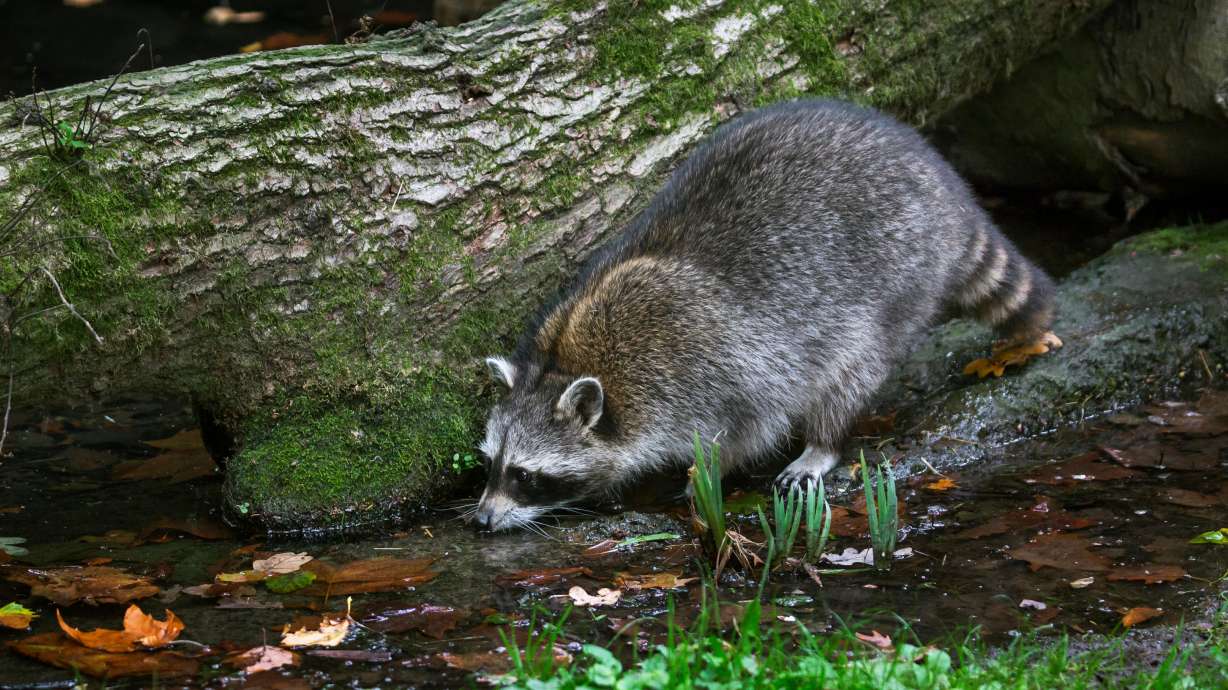Estimated read time: 2-3 minutes
This archived news story is available only for your personal, non-commercial use. Information in the story may be outdated or superseded by additional information. Reading or replaying the story in its archived form does not constitute a republication of the story.
WASHINGTON — It's a bird, it's a plane, it's ... an oral rabies vaccine, dropped from the sky.
The U.S. Department of Agriculture has initiated its annual oral rabies vaccine distribution, a project that will continue through October.
This year's distribution started on Aug. 6. If you've gotten your dog vaccinated for rabies, you probably remember taking it to the veterinarian to get a shot. But these rabies vaccines are edible pellets covered in fishmeal to attract raccoons and other hungry critters.
The project is focused on preventing the spread of raccoon rabies from the eastern United States into the heartland, according to a news release from the USDA.
In rural areas, the USDA will distribute the vaccines by airplane. In suburban and urban areas, they'll arrive by helicopter or vehicle or be deposited by hand in designated "bait stations," says the release.
The August phase of the program is focused on Maine and West Virginia. Approximately 348,000 vaccines will be distributed in northern Maine and 535,000 distributed in parts of western Pennsylvania, West Virginia, and a small portion of southwestern Virginia.
Then from mid-September to mid-October, 70,000 vaccines will be distributed in parts of peninsular Massachusetts.
Finally, in October southern states will receive their rabies vaccines. Parts of North Carolina, Tennessee, and Virginia will receive more than 880,000 vaccines; Alabama, Georgia, North Carolina, South Carolina, and Tennessee will receive around 820,000 vaccines; and parts of Alabama will include 1.1 million vaccines.
The oral vaccine, also called RABORAL V-RG, has been found to be safe in over 60 animal species, says the USDA. This includes domestic dogs and cats, so you don't need to worry much about your beloved pet snacking on one of the vaccines. Dogs that eat large number of the vaccines may have stomach problems — but they won't have any long-term health consequences, according to the USDA.
Rabies usually enters the human population via bites from an infected animal, says the Centers for Disease Control and Prevention. While all mammals can get rabies, distinct strains are found among bats, raccoons, skunks, foxes, and mongooses.








